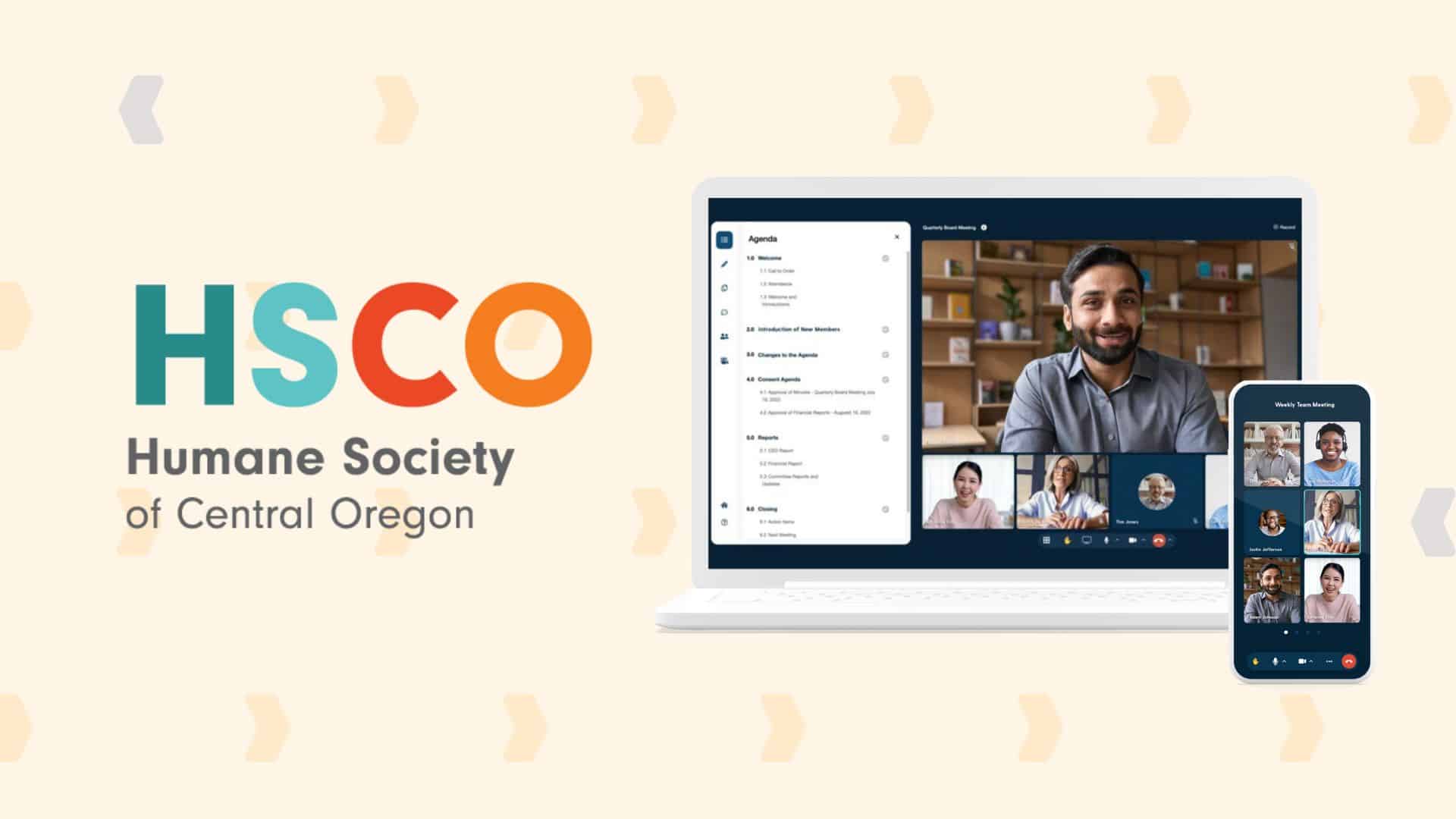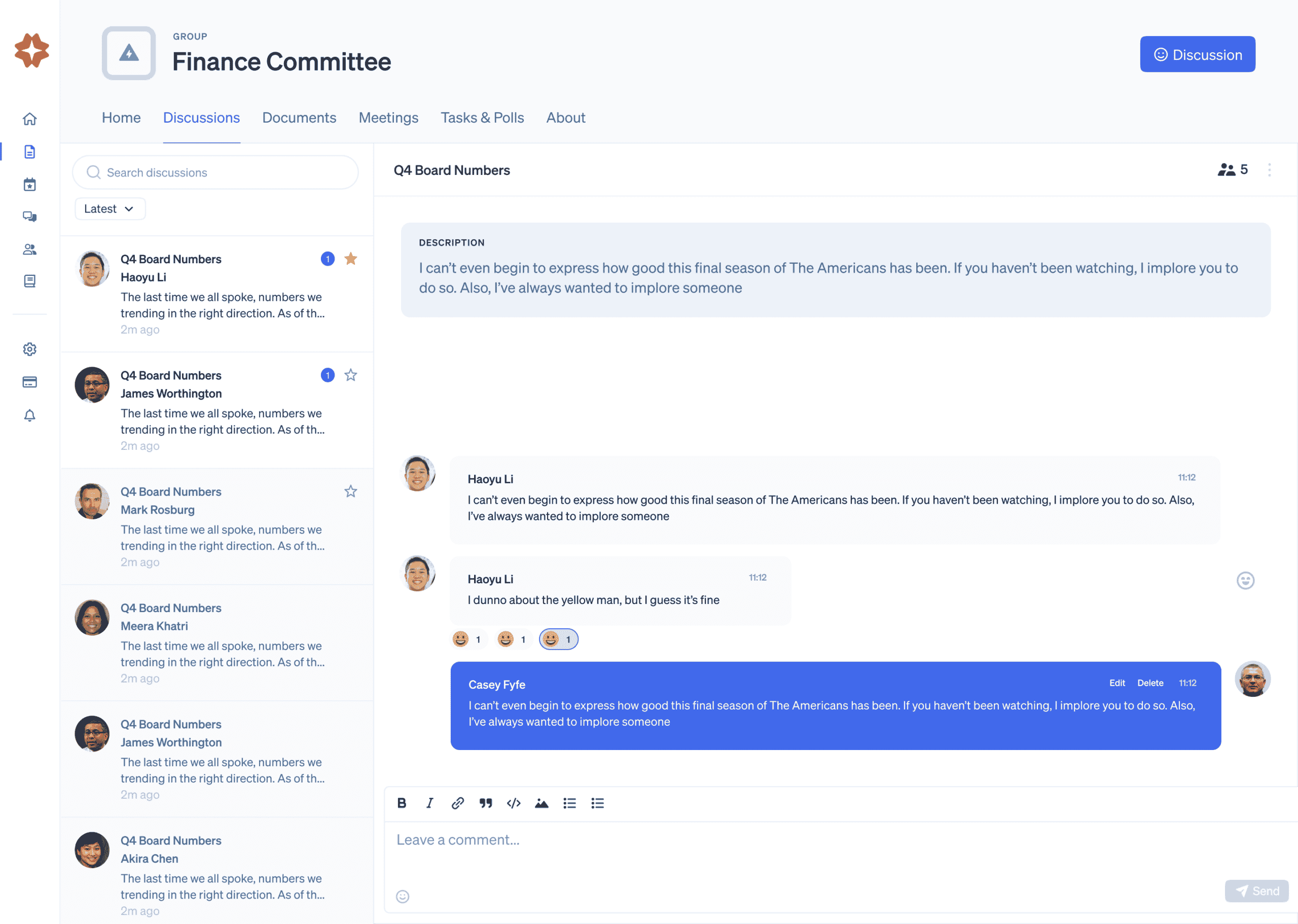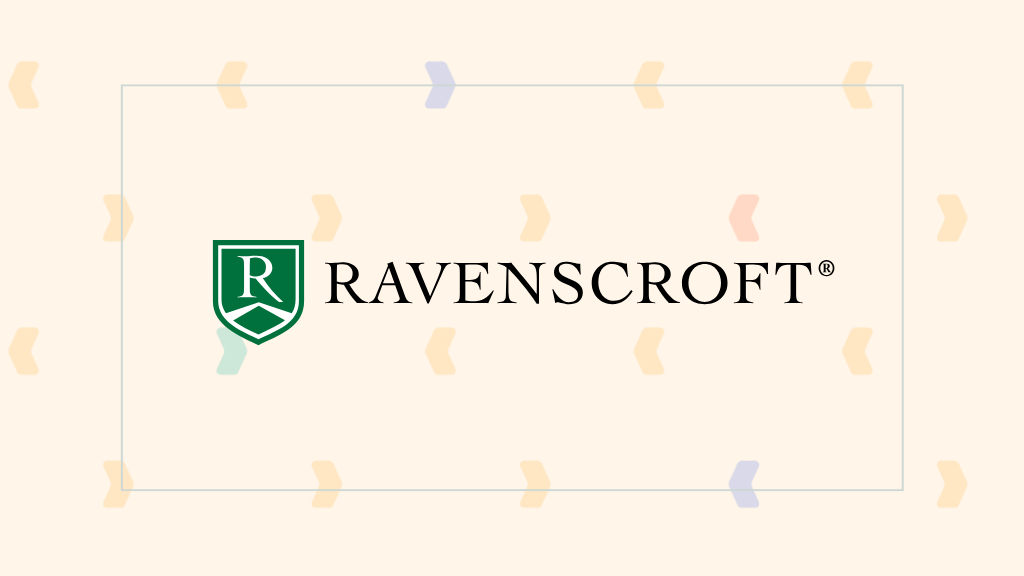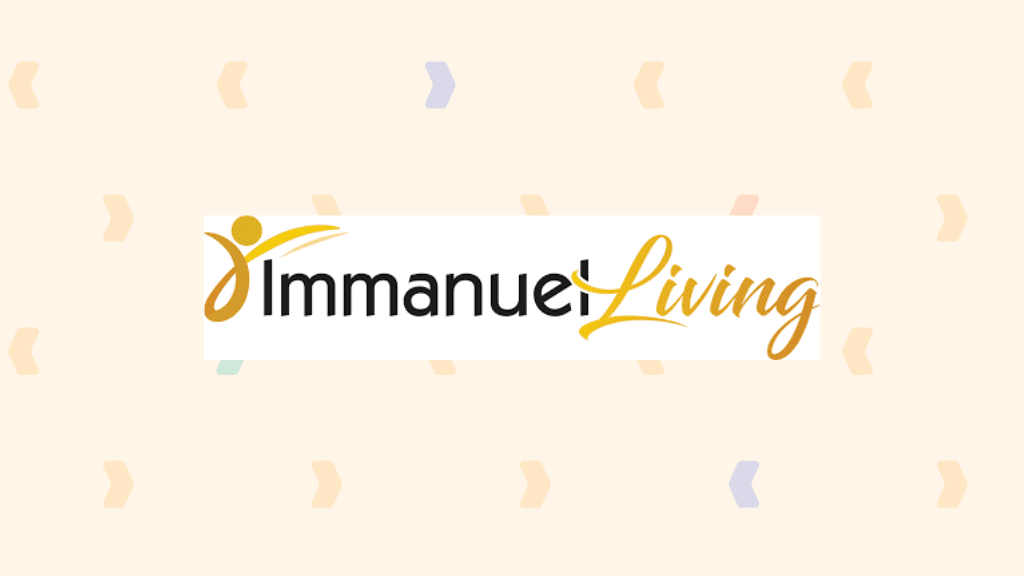The Humane Society of Central Oregon places care for animals that have been abandoned, stray, neglected, surrendered, and abused. They inspire the community to responsibly care for all animals and strengthen the human-animal bond by advocating and compassionately caring for animals.
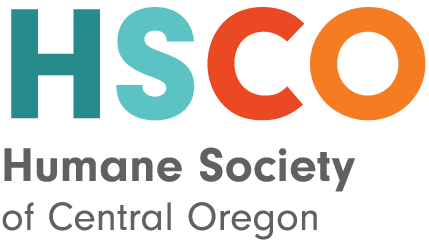
History
Sabrina Slusser, CEO of the Humane Society of Central Oregon talked with Boardable about how the pandemic affected operations for animal rights organizations, how Boardable helped streamline board management in a time of change, and how Boardable is integrated into board member onboarding.
Challenge
The Humane Society of Oregon was looking for a solution that would increase communication with board members and save costs on printing board books. Their organization has staggered recruitment with an ongoing board development committee that meets every other month where board members can make recommendations to the committee where gaps could be. It was crucial to have this informed documented where it could easily be found.
Solution
Utilizing Boardable, The Humane Society of Oregon, can be prepared further ahead of time before a meeting. They will post their information to Boardable, put out a poll, have the board members review, and vote via the polls in the app. As long as we have a majority of the board members participating that way, then I can fast-track what needs to be done.
Today’s Operations
Slusser states that Boardable is very systematic and clean as well as environmentally friendly. She understands the concern from many right now and is encouraged to not have to be printing out 100 of pages when creating board books, especially every time there was a change.
Where this is an expense with Boardable, there is a flip side saving me time in creating board notebooks. We are very happy with the platform and how it has saved time, energy, and resources.
– Susan Slusser, CEO of The Humane Society of Oregon
